Best Seasons for Foundation Repairs
Foundation repairs are most effective when performed during specific times of the year, depending on weather conditions and soil stability. Optimal periods typically include late spring through early fall, when ground moisture levels are stable and soil movement is minimized. Conducting repairs during these times can help ensure proper curing and adhesion of repair materials, reducing the risk of future issues.
Spring offers moderate temperatures and manageable moisture levels, making it suitable for foundation work. Avoid early spring when soil is overly saturated from snowmelt.
Summer provides warm, dry conditions ideal for foundation repairs. Dry soil reduces the risk of water infiltration and helps materials cure properly.
Early fall is also suitable, with cooler temperatures and less moisture fluctuation. Repairs should be completed before winter to prevent freeze-thaw damage.
Winter is generally not recommended due to freezing temperatures, frozen ground, and increased risk of frost heave, which can undermine repairs.
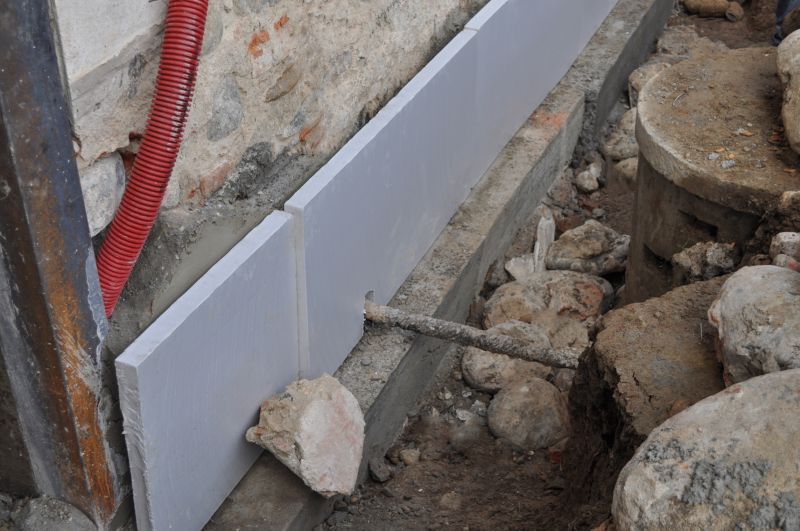
Springtime ground conditions support effective foundation stabilization.

Warm, dry weather facilitates durable repairs and curing.
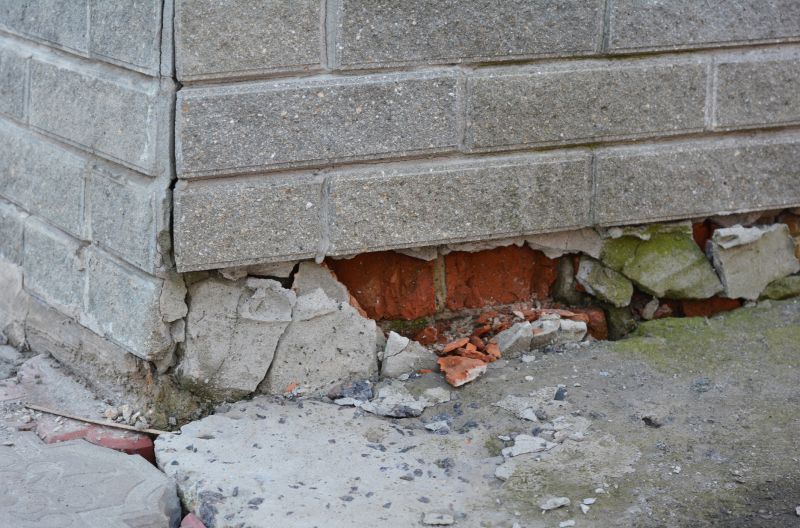
Timing repairs before winter prevents future damage.
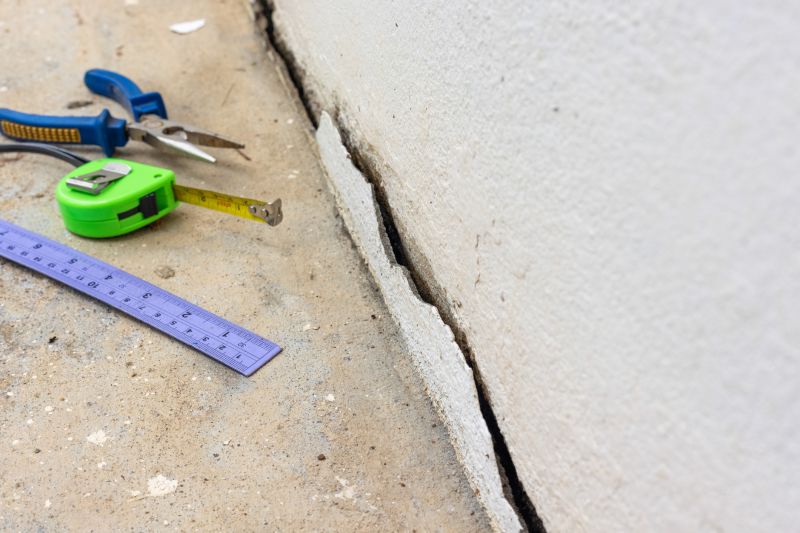
Ways to make Foundation Repairs work in tight or awkward layouts.

Popular materials for Foundation Repairs and why they hold up over time.
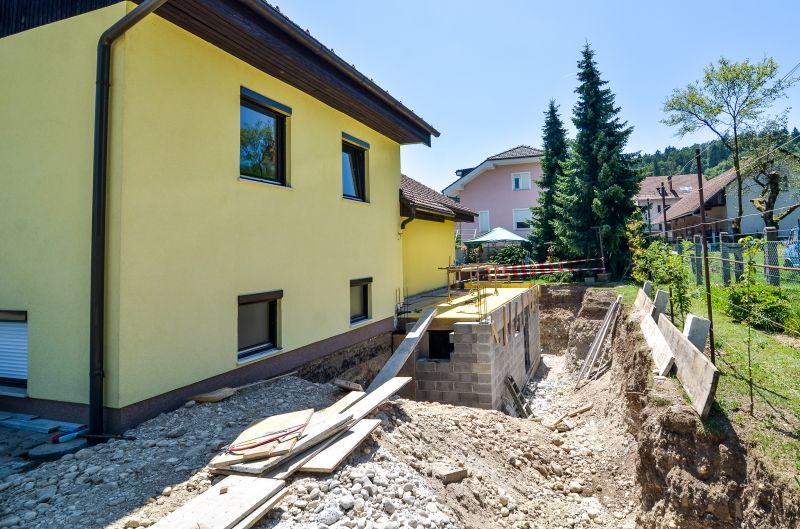
Simple add-ons that improve Foundation Repairs without blowing the budget.
Foundation repairs address issues such as settling, cracking, and uneven surfaces that can compromise structural integrity. Timely intervention can prevent more severe problems, including water intrusion and further soil movement. Properly scheduled repairs, aligned with seasonal conditions, enhance the longevity and stability of a building's foundation. Statistics indicate that addressing foundation problems early can reduce repair costs by up to 50% and extend the lifespan of the structure.
| Season | Ideal Conditions |
|---|---|
| Spring | Moderate temperatures and manageable moisture levels |
| Summer | Warm, dry weather suitable for curing |
| Fall | Cooler temperatures and stable soil conditions |
| Winter | Freezing temperatures and saturated soil make repairs unsuitable |
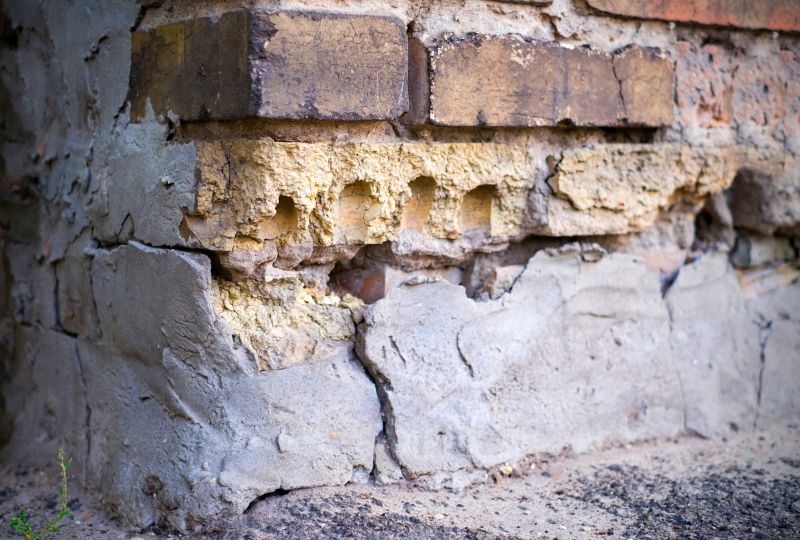
Timely repairs prevent further structural issues.
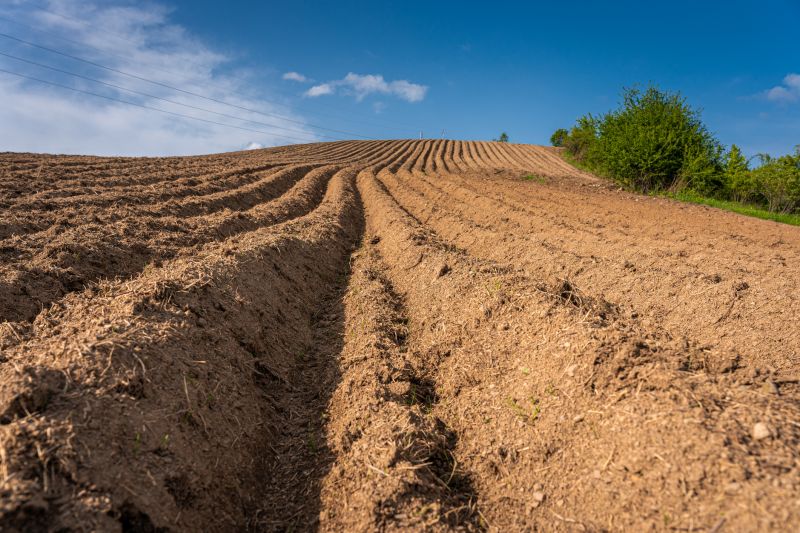
Proper timing ensures soil remains stable during repairs.
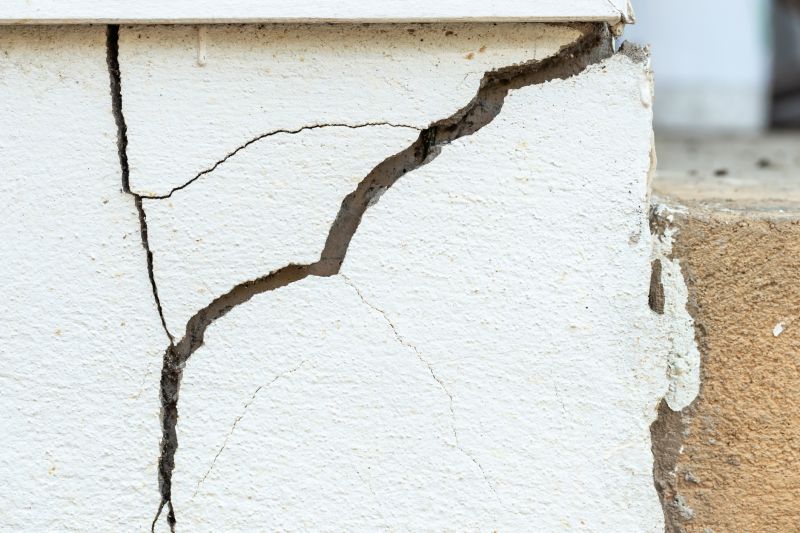
Addressing cracks early maintains structural integrity.

Optimal timing supports effective reinforcement.
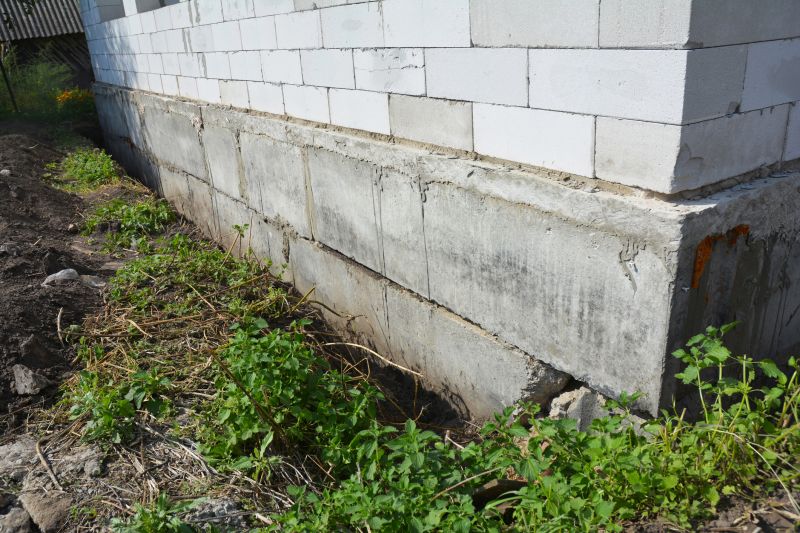
High-end options that actually feel worth it for Foundation Repairs.
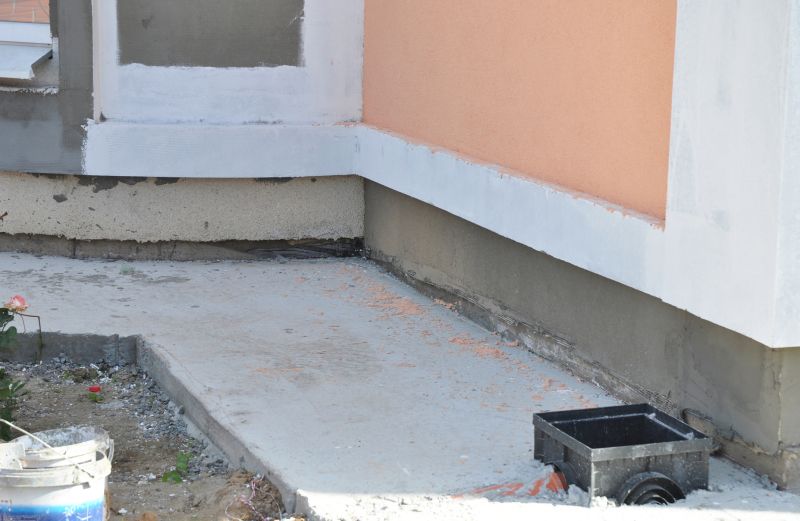
Finishes and colors that play nicely with Foundation Repairs.

Little measurements that prevent headaches on Foundation Repairs day.
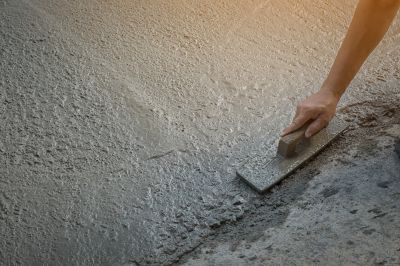
A 60-second routine that keeps Foundation Repairs looking new.
Choosing the right time for foundation repairs can significantly impact the success and durability of the work. Consulting with foundation specialists can help determine the best season based on local weather patterns and soil conditions. Early planning and scheduling during optimal months can lead to more effective repairs and long-term stability.
Interested in foundation repairs? Filling out the contact form can provide access to professional assessments and tailored solutions to address foundation concerns promptly and effectively.

